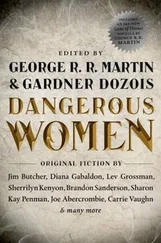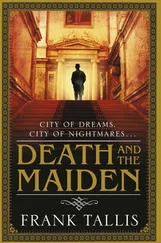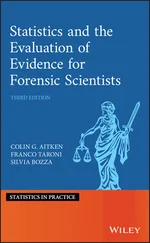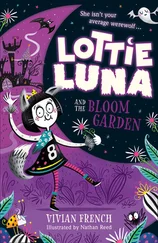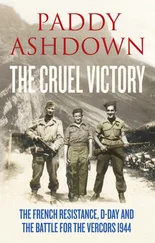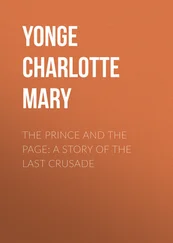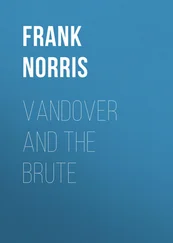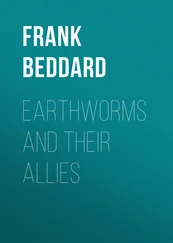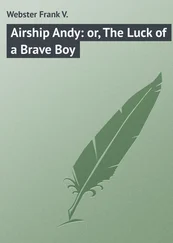Besides the contentious issue of film noir, Horak and H.G. Asper would eventually identify other genres on which the émigrés brought their influence to bear (see below). Nevertheless, film noir - and the émigrés’ hand in it - has since become a major focal point for exile researchers and film historians. Two scholars to also highlight the refugees’ influence on this genre are Christian Cargnelli and Michael Omasta. In Schatten Exil - Europäische Emigranten im Film noir (Vienna: PVS Verleger, 1997), they contend that ‘one quarter, or based on other criteria one third of films noirs were made by directors from the Old World’ (Cargnelli & Omasta 1997: 9). However, their book does much more than underscoring the high émigré presence in film noir. Taken together, the contributing essays amount to a study of the lives and working conditions of the refugees in exile, using their impact on film noir as a basis. For instance, the chapter on cinematographer Franz Planer, who collaborated on a number of films noirs, tells of the ‘tricky undertaking [to attain membership in the American Society of Cinematographers]’ (Müller in Cargnelli & Omasta 1997: 156), thus drawing attention to one of the major obstacles the exiles faced: that of union membership. Another chapter examines the émigré contribution to films that are hybrids between film noir and anti-Nazi films. In essence, Schatten Exil underscores the degree to which American film history and exile research are invariably connected. Cargnelli and Omasta’s book is also a fine example of how exile research has evolved from the wide angle vision of its infancy to the narrow focus of today which allows for much more detailed scrutiny of, for instance, a particular genre or a particular group of émigrés.
Another example to underscore this point is Josef Garncarz’s contribution to Phillips’ and Vincendeau’s Journeys Of Desire (London: BFI, 2006). Unlike Horak in Anti-Nazi-Filme der deutschsprachigen Emigration von Hollywood 1939 - 1940 (see below), Josef Garncarz’s preoccupation in ‘The Ultimate Irony - Jews Playing Nazis in Hollywood’ is not so much with the émigrés’ influence on anti-Nazi films, but the question of the motivation for them to star in these. Hence, rather than just gauging the émigrés’ input in anti-Nazi films, Garncarz - whose essay appeared twenty years after Horak’s trailblazing study - takes his examination one step further. This aptly illustrates the development exile research has undergone.
While early publications on film exile like those by Heilbut, Taylor, but also those by Hilchenbach, Horak and Palmier suffered from a dearth of empirical data as well as a lack of reliable secondary literature, which often resulted in inaccuracy, their contributions were the fundament for what would become known as exile research. It is owing to those early contributions, which, as we have seen, were often overviews or compendiums on exile, that a more detailed and focussed examination of film exile has become possible.
Over the years, two towering figures have emerged in the field of research on exiled German-Jewish film artists, with both scholars having significantly contributed to our understanding of exile in Hollywood and its implications. The first of these is Jan-Christopher Horak. Taking into account Horak’s family history as the son of émigrés, and the political and cultural background of the 1970s, it is not surprising that he should have emerged as a leading figure in exile research. Horak stands as a scholar and pioneer to whom every subsequent exile researcher is indebted, inasmuch as he embarked on groundbreaking research at a time when no academic studies on the émigré film artists were available. Horak’s contribution to exile research is invaluable in several respects. First, he pioneered an oral history approach. Furthermore, by identifying genres specific to émigrés, he not only provided subcategories for future researchers, but also laid the foundation for similar investigations.
Horak’s preoccupation with exile research was triggered by his MA thesis on Lubitsch. This preoccupation with Lubitsch - who was, after all, an early émigré - resulted in his oral history project and the subsequent publication of ‘The Palm Trees ...’. This, in turn, sparked an more focused inquiry of how - or if - these exiled film artists had any influence on American culture, particularly its film industry, leading to the publication of Anti-Nazi-Filme der deutschsprachigen Emigration von Hollywood 1939 - 1940 (Münster: MAKS, 1984), his doctoral thesis. Put differently, quoting Horak himself, ‘once the biographical and filmographical facts of emigration are established, research can now move on to the next stage’ (Horak 1984: XV).
Anti-Nazi-Filme built on his previous research insofar as Horak drew on, first of all, the oral histories he previously conducted, as well other findings already used in ‘Palm Trees .
Anti-Nazi-Filme constitutes the first scholarly attempt to assess the mark the émigrés have left on the film industry of a host country, in this case the United States. His study, as Horak points out in the introduction ‘combines two areas of research which thus far have always been looked at separately - if at all: research on the German speaking emigration in Hollywood and research on American war propaganda’ (Horak 1984: XVii). He starts from the premise that the contribution of the émigrés to America’s film industry was more evident in the anti-Nazi films than in any other genre, maintaining that ‘the influence of the emigrant film-artists in Hollywood should not be underestimated, since as Europeans, they were in the position to fill certain gaps in Hollywood’s film industry’ (Horak 1984: XV). According to Horak, ‘of around 180 films, made between 1939 and 1945, which can be classified as anti-Nazi films, the émigrés contributed to sixty of them’ (Horak 1984: 80). Horak starts his examination by providing a detailed history of German-Jewish exile, including ties between the German and American film industries prior to 1933. He then looks at film propaganda in WWII, moving on to describe the changes in the official US position towards Nazi Germany and how this differed at times from that of Hollywood. Horak then gives an exhaustive account of the Office of War Information and its inception in June 1942, detailing its influence and the effect of its instructions on the US film industry. The body of Horak’s book, however, consists of a cross-section of 13 anti-Nazi films, selected for the significance of aspects of their production history and their reception. For each film, Horak starts by first recounting its production history, before moving on to its reception, followed by biographical sketches of émigré participants. He then gives a brief description of the film’s narrative followed by a textual analysis in terms of anti-Nazi propaganda. Horak surmises that even though the émigrés had a tendency to complain about the lack of realism in the antiNazi films, their input is nevertheless discernible. Not only did they manage to include in the narrative news from Nazi-occupied territory, gleaned from the exile press (e.g. Aufbau 15), but in some cases they even had their own experience to draw on, as in the case of Mortal Storm (MGM, USA 1940), which owes its accurate depiction of Nazi barbarity to the émigré screenwriters George Froschel and Paul Hans Rameau, who had suffered at the hand of the Nazis.
Anti-Nazi-Filme ... was a landmark in film history inasmuch as it identifies a genre to which the émigrés measurably contributed. Horak shows how anti-Nazi films drew on other, preexisting genres such as, for instance, the gangster film, and how their narratives, symbols, and characters were modified to be recycled in the anti-Nazi films. Moreover, it is evident that Anti-Nazi-Filme ... is meant to inspire future researchers to follow up on the ground Horak has broken.
Читать дальше

